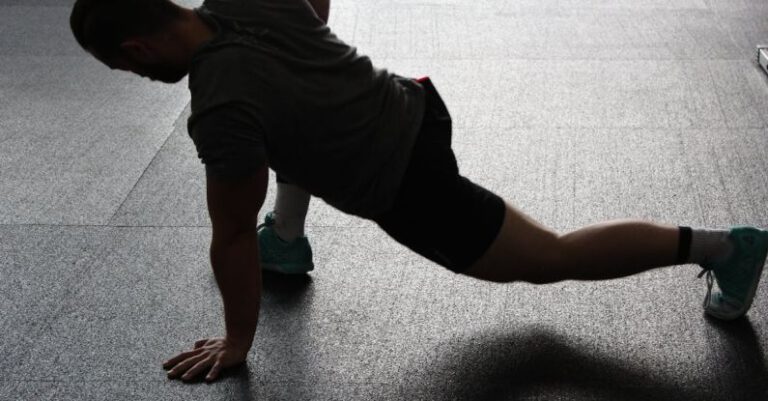
Proper form is essential in any physical activity to prevent injuries and maximize performance. Whether you are a seasoned athlete or a beginner starting a fitness routine, using the correct technique can make a significant difference in your overall well-being. In this article, we will explore the importance of proper form and provide practical tips on how to maintain it to avoid injuries.
Understanding the Importance of Proper Form
Using proper form during exercise is crucial for several reasons. Firstly, it helps to target the intended muscle groups effectively, leading to better results. When you perform an exercise with incorrect form, you may be engaging the wrong muscles or not engaging them enough, which can hinder your progress.
Secondly, proper form reduces the risk of injury by ensuring that your body is moving in a safe and controlled manner. Incorrect form can put unnecessary strain on joints, ligaments, and muscles, increasing the likelihood of sprains, strains, and other injuries.
Lastly, maintaining proper form helps to improve your posture and overall body mechanics. By practicing good form consistently, you can develop muscle memory and alignment that will carry over into your daily activities, reducing the risk of chronic pain and discomfort.
Tips for Using Proper Form
1. Start with a Proper Warm-Up
Before diving into any exercise routine, it is essential to warm up your muscles to prepare them for the upcoming activity. A dynamic warm-up that includes movements such as leg swings, arm circles, and light cardio can help increase blood flow to the muscles and improve flexibility, making it easier to maintain proper form during your workout.
2. Focus on Alignment
Alignment plays a crucial role in maintaining proper form during exercise. Whether you are squatting, lifting weights, or performing yoga poses, pay attention to your body’s alignment. Keep your spine neutral, engage your core muscles, and ensure that your joints are in a stable position to prevent unnecessary stress on your body.
3. Use a Mirror or Get Feedback
One effective way to check your form is by using a mirror to observe your movements. This visual feedback can help you identify any deviations from the correct technique and make adjustments accordingly. Alternatively, you can also ask a workout buddy or a fitness trainer to provide feedback on your form to ensure you are performing the exercises correctly.
4. Start with Light Weights
When starting a new exercise or trying a different technique, it is advisable to begin with lighter weights to focus on your form. Gradually increase the resistance as you become more comfortable with the movement, ensuring that you can maintain proper form even with heavier loads.
5. Listen to Your Body
Pay attention to how your body feels during exercise. If you experience any pain, discomfort, or instability, stop the movement immediately and reassess your form. Pushing through pain or ignoring warning signs from your body can lead to injuries, so always prioritize safety over intensity.
6. Engage Your Mind-Muscle Connection
Developing a strong mind-muscle connection is key to using proper form during exercise. Focus on the muscle groups you are targeting and concentrate on contracting them throughout the movement. This mental awareness can help you maintain control and prevent compensatory movements that may compromise your form.
7. Practice Consistency and Patience
Using proper form is a skill that takes time and practice to master. Be patient with yourself and focus on consistency in your workouts. Over time, your body will adapt to the correct movement patterns, making it easier to maintain proper form and prevent injuries.
Maintaining proper form during exercise is a fundamental aspect of any fitness routine. By following these tips and emphasizing the importance of technique, you can reduce the risk of injuries and enhance the effectiveness of your workouts. Remember that proper form not only benefits your physical health but also contributes to your overall well-being and longevity in fitness pursuits.





